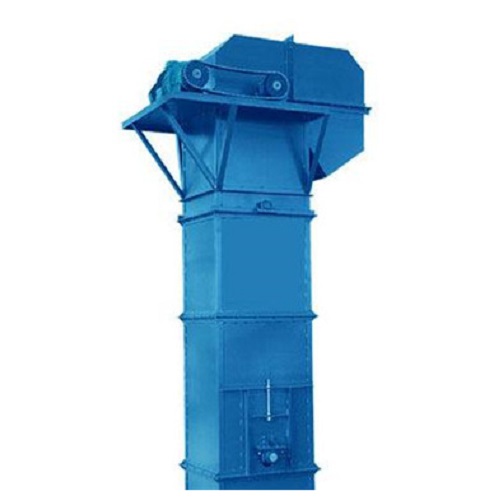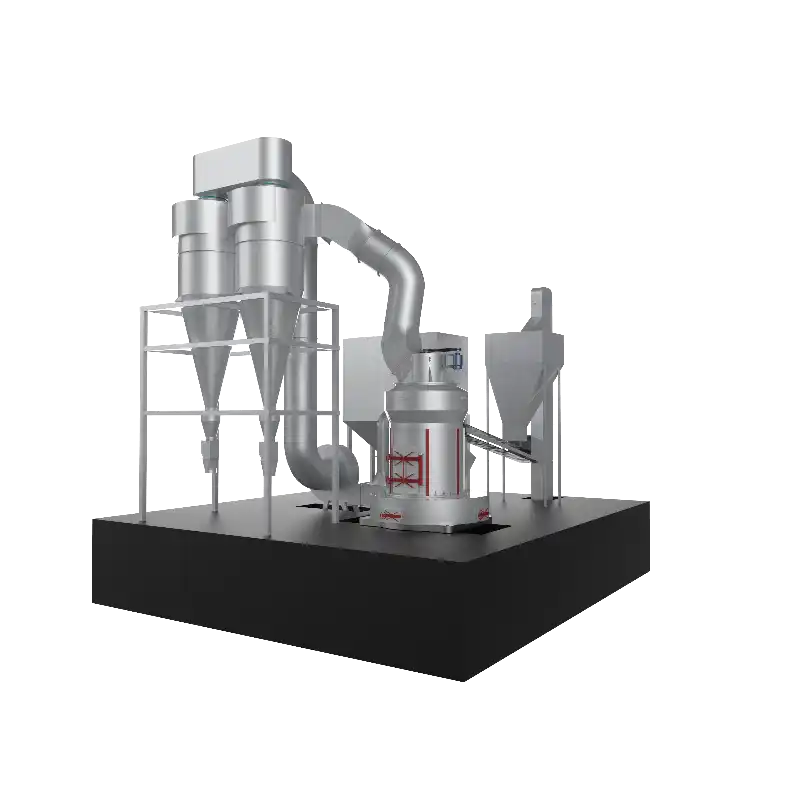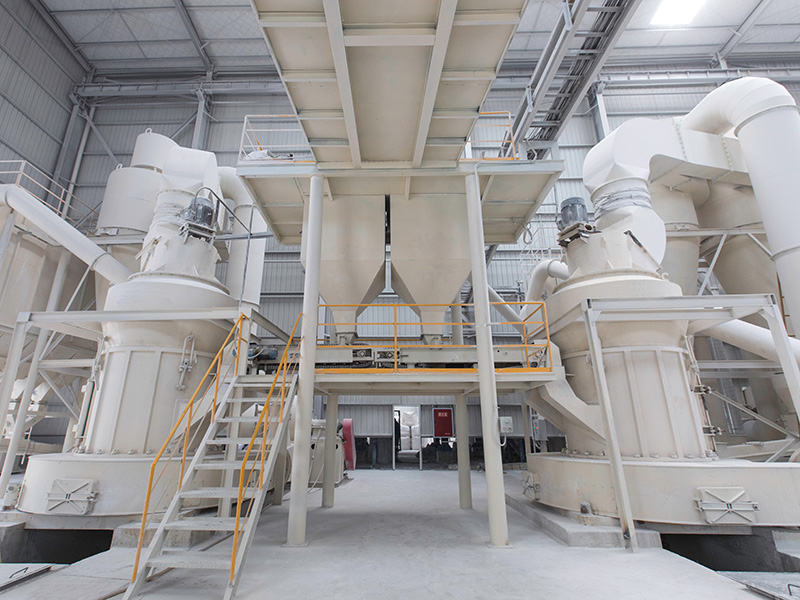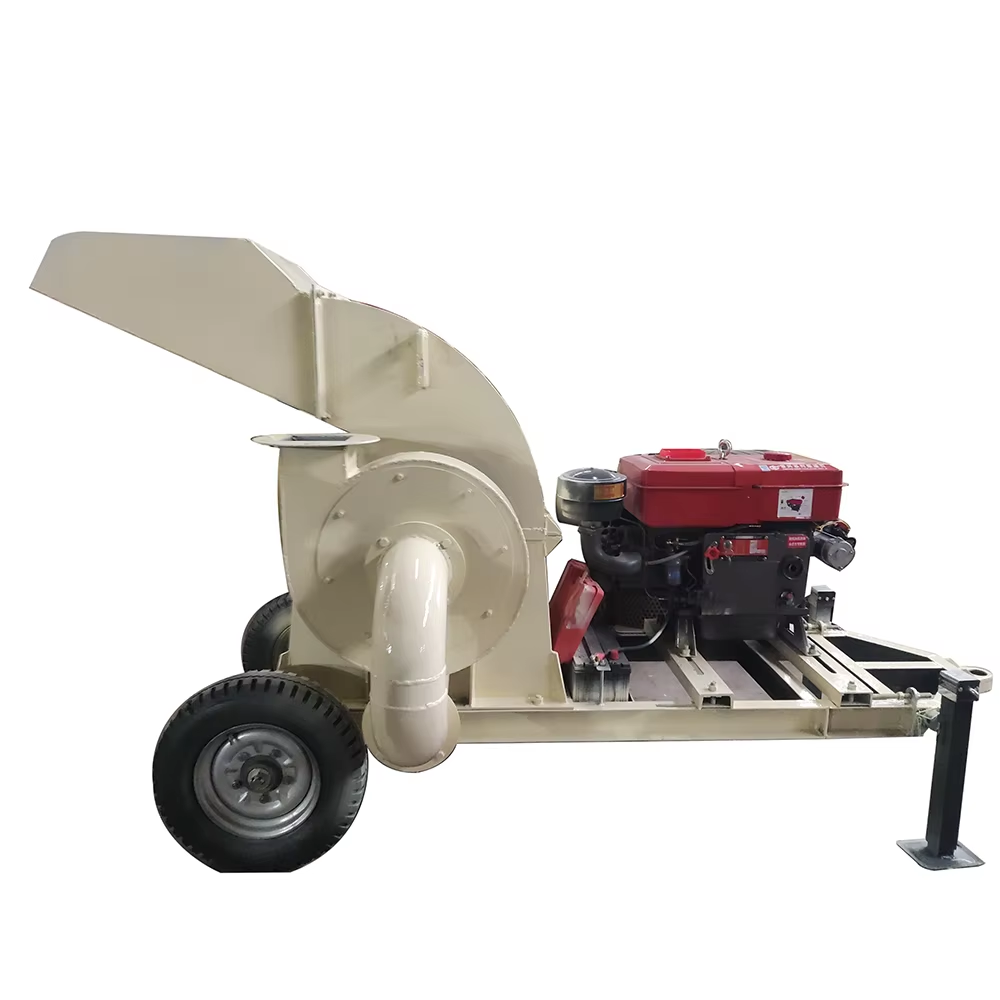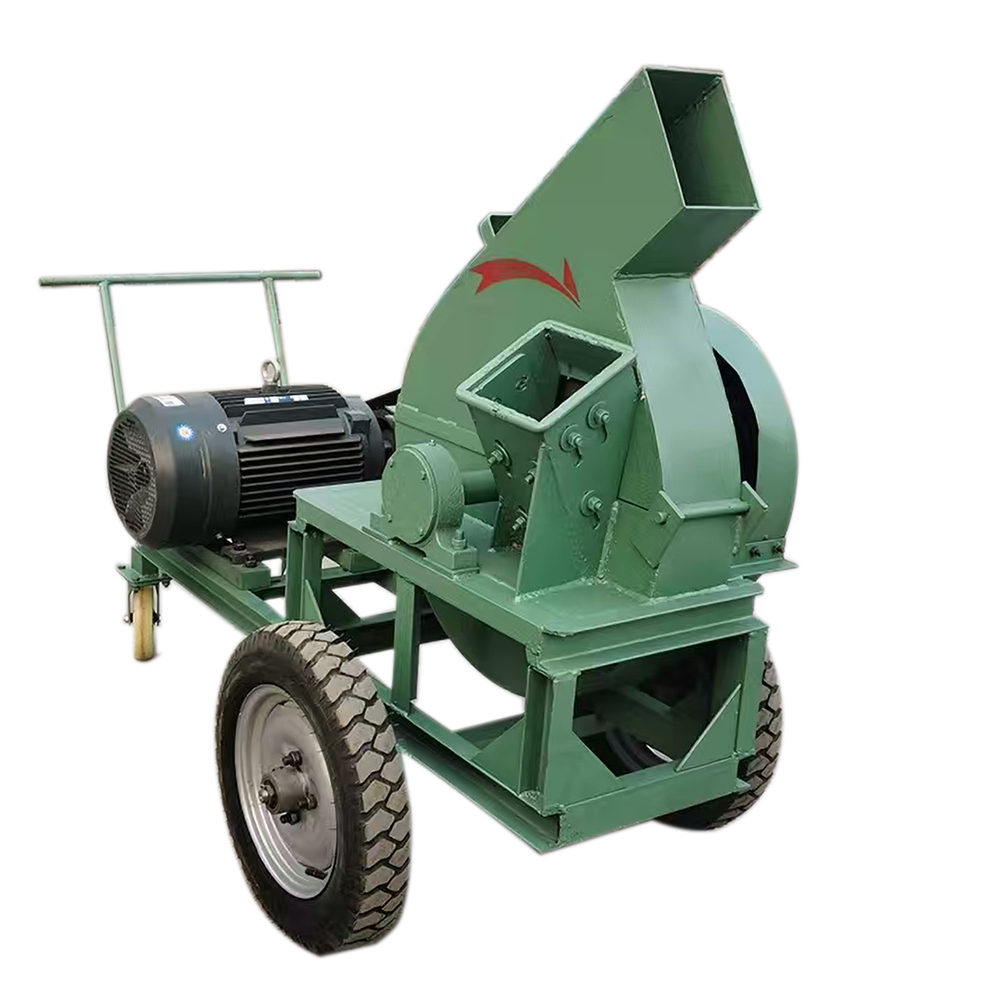PyropHylite rock is a hydrated aluminum silicate; its chemical formula is Al2Si4O102, in which the theoretical content of Al2O3 is 28.3%, SiO2 is 66.7%, and H2O is 5.0%; Mohs hardness is 1.25; density is 2.65g/cm3; melting point is 1700℃; color is white, grayish white, light green, yellowish brown, etc.; pearl or oily luster; tough and greasy; white streak; opaque or translucent; structure is flaky and radial aggregate.

the natural types of Pyrophyllite rock
| Natural Type | Main Minerals | Secondary Minerals | Trace Minerals | Al₂O₃ | Fe₂O₃ | SiO₂ | TiO₂ | LOI |
|---|---|---|---|---|---|---|---|---|
| Pyrophyllite | Pyrophyllite (90–95%) | Quartz, Chalcedony, Kaolinite (5–10%) | Limonite, Pyrite, Brookite, Sillimanite, Diaspore | 28.12 | 0.42 | 64.84 | 0.42 | 5.74 |
| Diaspore-Pyrophyllite | Pyrophyllite (60–90%), Diaspore (5–40%) | Quartz, Chalcedony (~5%) | Limonite, Rutile, Kyanite, Quartz, Iron Oxide | 35.51 | 0.45 | 52.99 | 0.43 | 7.11 |
| Kaolinite-Pyrophyllite | Kaolinite (~70%), Pyrophyllite (~20%) | Hydromica, Quartz (5–10%) | Iron Oxide, Limonite | 33.82 | 0.29 | 56.69 | 0.14 | 7.20 |
| Tuffaceous Pyrophyllite | Pyrophyllite (70–80%) | Chalcedony, Quartz, Devitrified Volcanic Ash (20–25%) | Iron Oxide, Corundum, Kyanite, Limonite, Secondary Carbonates | 23.95 | 0.84 | 70.28 | 0.31 | 4.80 |
| Iron-Bearing Pyrophyllite | Pyrophyllite (80–90%) | Pyrite, Limonite, Iron Oxide (5–10%) | – | 25.79 | 2.88 | – | – | 5.09 |
pyrophyllite rock Uses and effects
Pyrophyllite rock is mainly used for ceramics, refractory materials, carving craft stones, fillers, sealing materials, etc.
Ceramic raw materials
During the firing process of ceramic blanks, at about 1200℃, pyrophyllite turns into quartz, and the volume expands greatly, while kaolin shrinks significantly at the same temperature. The two compensate each other, but the volume of the blank remains basically unchanged. The fading effect of pyrophyllite at high temperature makes the magnet have the characteristics of special whiteness and high brightness. Pyrophyllite can be used as a raw material for the production of microporous ceramics for batteries, and can also be combined with silica sand, kaolin, chromic acid, magnesium oxide, and aluminum sulfate to produce heat-resistant insulating ceramics. Pyrophyllite can also be used as a raw material for white silicate cement.
Refractory materials
Pyrophyllite refractory bricks are excellent refractory materials, mainly used for steel cylinder lining bricks and glazed bricks in steel casting systems, and also used for casting iron furnace lining bricks, various kiln bottoms and flues. This refractory material has a high melting point, stable volume at high temperatures, and is not easy to break when the temperature changes drastically. There is no need for pre-calcination, but pyrophyllite of a specified particle size can be directly added to the refractory ingredients. On the contact surface between pyrophyllite refractory bricks and slag, a protective layer of high-toughness material can be formed, which effectively reduces the breakage rate of refractory bricks and extends the life of refractory bricks.
Glass fiber raw materials
Pyrophyllite is one of the raw materials for alkali-free glass balls. Alkali-free glass balls are used to draw glass fibers, which are used to produce electrical insulation devices, fiberglass, rubber products and glass cloth.
Fillers and carriers
In the papermaking, rubber, paint, chemical, pesticide and other industries, pyrophyllite is used as a filler and carrier for its excellent properties such as low hardness, slippery, stable chemical properties, good covering power and adsorption, and high whiteness.
Sealing materials and reaction chambers
High-quality pyrophyllite is a high-quality sealing material for aerospace engine nozzles. Pyrophyllite has a small expansion coefficient at high temperature, high thermal stability, low thermal radiation, excellent thermal insulation effect, good ablation resistance, lubricity and sealing performance. It can be used as a sealing putty material for high-temperature and high-speed airflow impact parts in the aerospace industry. The high melting point and chemical stability of pyrophyllite can be used to make synthetic diamond reaction chambers, pressure transmission media and high-temperature and high-pressure sealing insulation materials.
Due to its diverse natural types and unique mineral composition, pyrophyllite ore requires professional processing to fully realize its application value in industrial fields such as ceramics and refractory materials. Whether it is crushing, grinding or purification, efficient processing technology is crucial.
If you need pyrophyllite processing equipment, please contact Cronus! We have a professional team that can provide you with customized solutions, optimize production processes and improve product quality. Choose us to help you achieve efficient use of pyrophyllite resources – looking forward to working with you!


